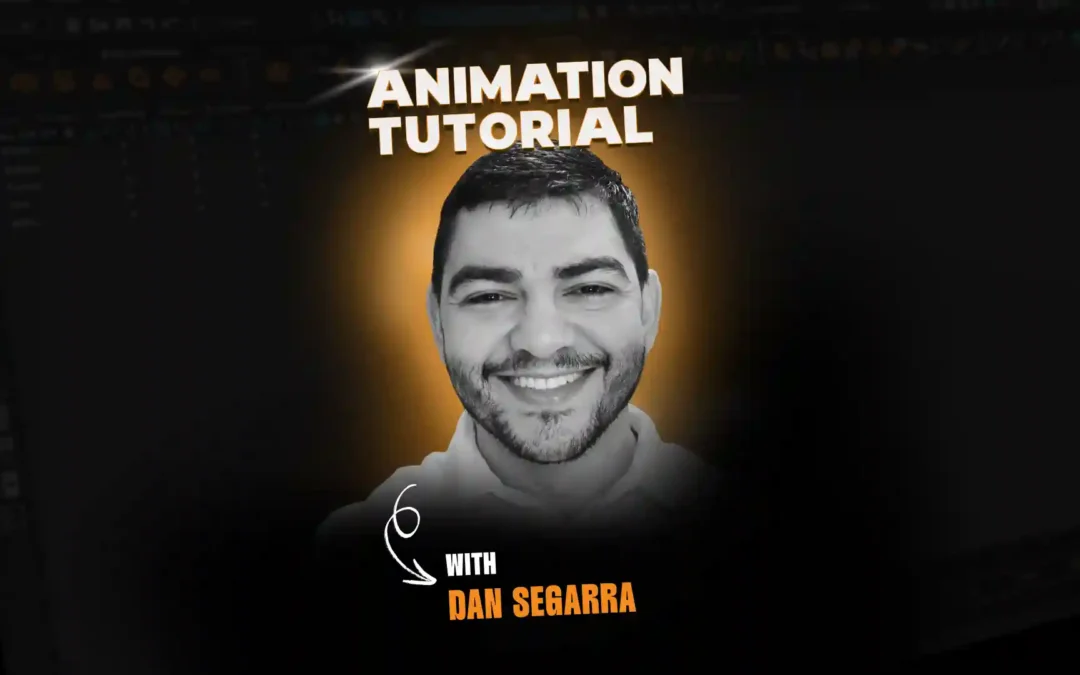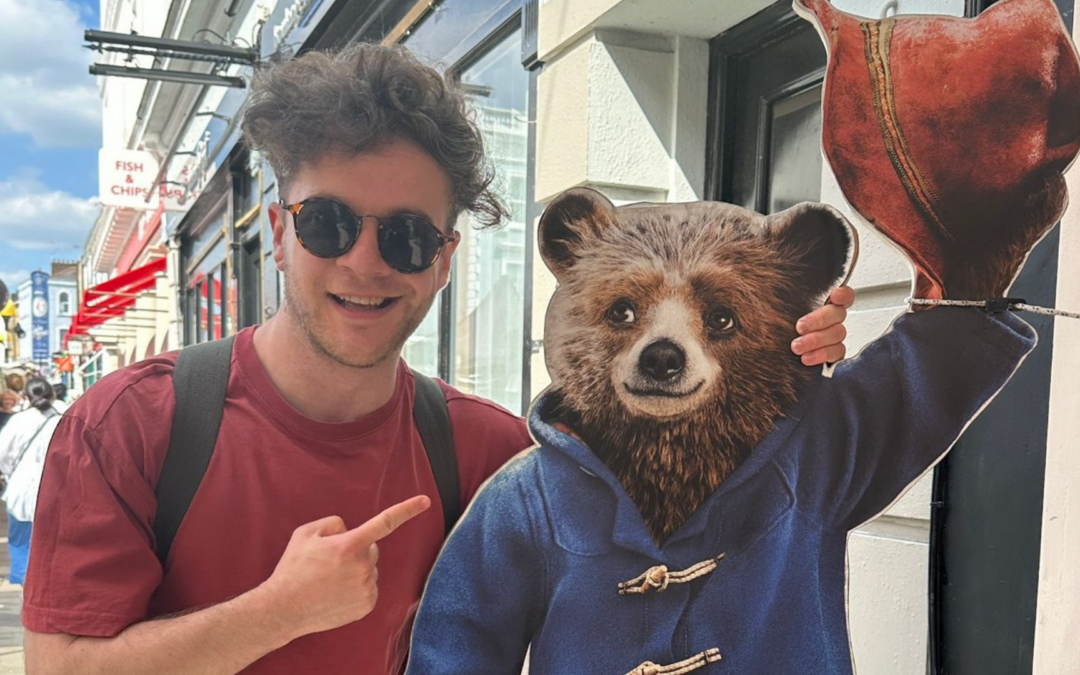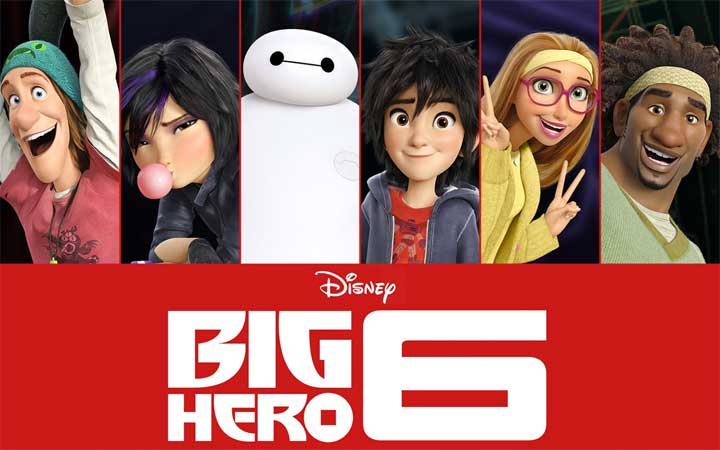
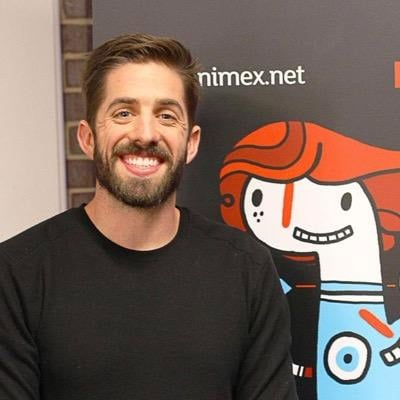
Zach Parrish
ANIMATION MENTOR: Tell us about your journey. How did you get to where you are today? ZACH: Well, it all started the day I was born. 7 lbs 8 oz… I kid. I wanted to do animation since I was a kid. I grew up on Disney movies and Warner Brother cartoons. I always said I was going to “draw cartoons” when I grew up. I fell a little off the wagon during high school, but after seeing Mr. Bobby Beck’s work (as well as his colleagues) in Monsters Inc. and realizing that there were actual people out there making me feel for a one eyed, green ball, I knew that animation was what I wanted to do. I went to the Savannah College of Art and Design and graduated with a BFA in Animation. I started attending Animation Mentor at the end of my time at SCAD and I was in the middle of class 1 when I was hired as an Apprentice at Rhythm & Hues Studios on Alvin and the Chipmunks. I continued my studies with Animation Mentor during the production of Alvin and The Incredible Hulk. I stayed at R&H for a year and a half before switching to Sony to work on Cloudy with a Chance of Meatballs (mostly due to my Animation Mentor work). I worked on Cloudy and Alice in Wonderland at Sony before hearing about Tangled (then Rapunzel) at Disney. I was fortunate enough to get hired at Disney as the last animator on Tangled. After Tangled, I worked on the Prep and Landing short as well as Prep and Landing 2 before applying to be an Animation Supervisor on Wreck-It Ralph. I was given an amazing opportunity to fill that role and worked on Ralph for a year and a half. At the end of Ralph, I applied to be the Head of Animation on Big Hero 6. I was paired with Patrick Osborne to share the role before he was selected to direct his story “Feast.” I continued on as the solo Head of Animation on Big Hero 6, and the rest is history. Bored yet? Did I even answer the question? Short answer: by doing a LOT of animation and a LOT of learning. ANIMATION MENTOR: What personal roadblocks did you overcome to get there? ZACH: There have been so many roadblocks along the way that it is difficult to pick a few out of the herd. I think the biggest roadblock that I still am not sure I have overcome completely is the fear of failure. Every transition in my career has been laden with the fear of failure. I struggled at the beginning with not being good at animation right away. I still struggle today with the feat that I might not know what I am doing. I think all of the early failures in my education and career have given me a confidence and a comfort with that fear and with failure. I think Ed Catmull’s mantra of “Fail fast. Fail often.” is a valuable one. Every stumble and every “mistake” is a lesson in hiding. Another valuable hurdle to overcome has been the power of communication. Animation is all about communication in a variety of ways, but the biggest challenge for me has been communicating with my teammates either in giving or receiving feedback/notes in a clear, respectful manner while maintaining my personality and passion for the craft. I think it is an important lesson for all students to learn, because it doesn’t matter how talented you are, if you are a jerk, no one will want to work with you.
Disney’s Big Hero 6 production crew wrap photo
ANIMATION MENTOR: What is a typical day like for a professional animator and how does that differ from being head of animation? ZACH: A typical day for an animator at Disney is from 9am – 7pm with an hour for lunch. Obviously, this varies from animator to animator as it isn’t a hard rule. A typical day could consist of issuing; a meeting with the Animation Supervisors, Head of Animation, and Director(s) where the animator is assigned their new shots and walked through the specifics that the Director and Anim Leads would like to see and the subtext/emotion of the scene. We also have meetings called Rounds and Dailies where the animators gather to show their shots to the Anim Supes/HOA (rounds) or to the Anim Supes/HOA and Director(s) (dailies). In these meetings the goal is to give notes to better clarify the point of the shot, the emotion and subtext of the performance, or to simply give notes on how to push poses/timing/spacing/entertainment. Typically, an animator will show their shots in Rounds to get the notes of the supervisors before addressing those notes and showing in Dailies. The rest of our days are filled with animating (I swear we sit and do some of this), video reference, research (YouTube cat videos), ping-pong, pool, and socializing. The day of a Head of Animation is fairly similar, except the amount of time available for animating and socializing is considerably less. The Head of Animation is also responsible for representing the animation department to all other departments on the show. Therefore the HOA and the Animation Supes are in meetings from Workbook Turnover (hand off from Story to Layout) through Layout and Editorial, as well as tracking the shots after they leave Animation through Lighting. This gives the animation leads the context of the scenes so that they might offer performance ideas during layout as well as be able to give advice to the animators while they are on the floor at animator’s desks or in Rounds. Rounds and Dailies take up a large portion of the day as it is the best way for the HOA to support the crew of animators. Other responsibilities throughout the day for the HOA also include planning, bidding (how long will a shot take to animate), casting (who will animate the shot), and interfacing with top level show leadership. That answer was really straight forward and boring! I am sorry. I swear it is all a lot of fun! We mostly just laugh and make fun of each other and do animation all day. It is great! ANIMATION MENTOR: What was the most rewarding shot you’ve ever animated? Why, and what did you learn from it? ZACH: The one shot that jumps to mind is a single shot I got to animate on Tangled. I had been cast a wide variety of shots on the show, but John and Clay wanted to test me to see where I would break. They gave me two shots of Rapunzel crying over Flynn as he dies. Flynn says “You were my new dream” which was animated by Frozen HOA Lino DiSalvo, and I had the counterpart shot of Rapunzel saying “And you were mine.” That shot was a huge challenge for me. I had never done a crying character (not well anyways), and definitely never a crying female character. I put a lot of myself into the shot and spent a lot of time crying in the reference room (for reference I swear!). My first pass was completely over animated. I pushed everything to a point where I could easily see what I was doing, but the directors and the anim supes all felt like it was too much. I worked and reworked the shot and learned so much about the subtlety of facial animation.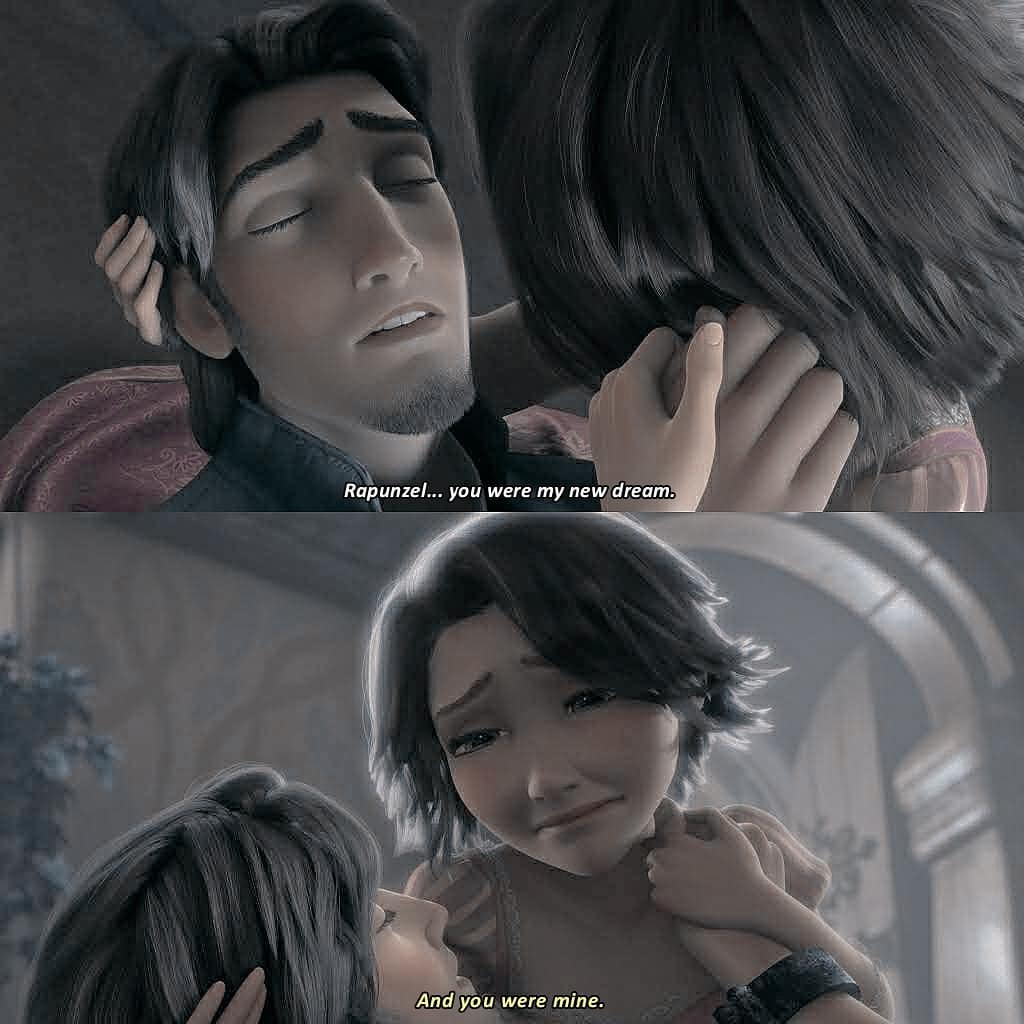
Lino DiSalvo’s shot is above and Zach’s, “And you were mine.” shot is below.
Want to start your animation journey like Zach? Start with free Animation Tips & Tricks eBooks and check out our 18 month Character Animation Program.
